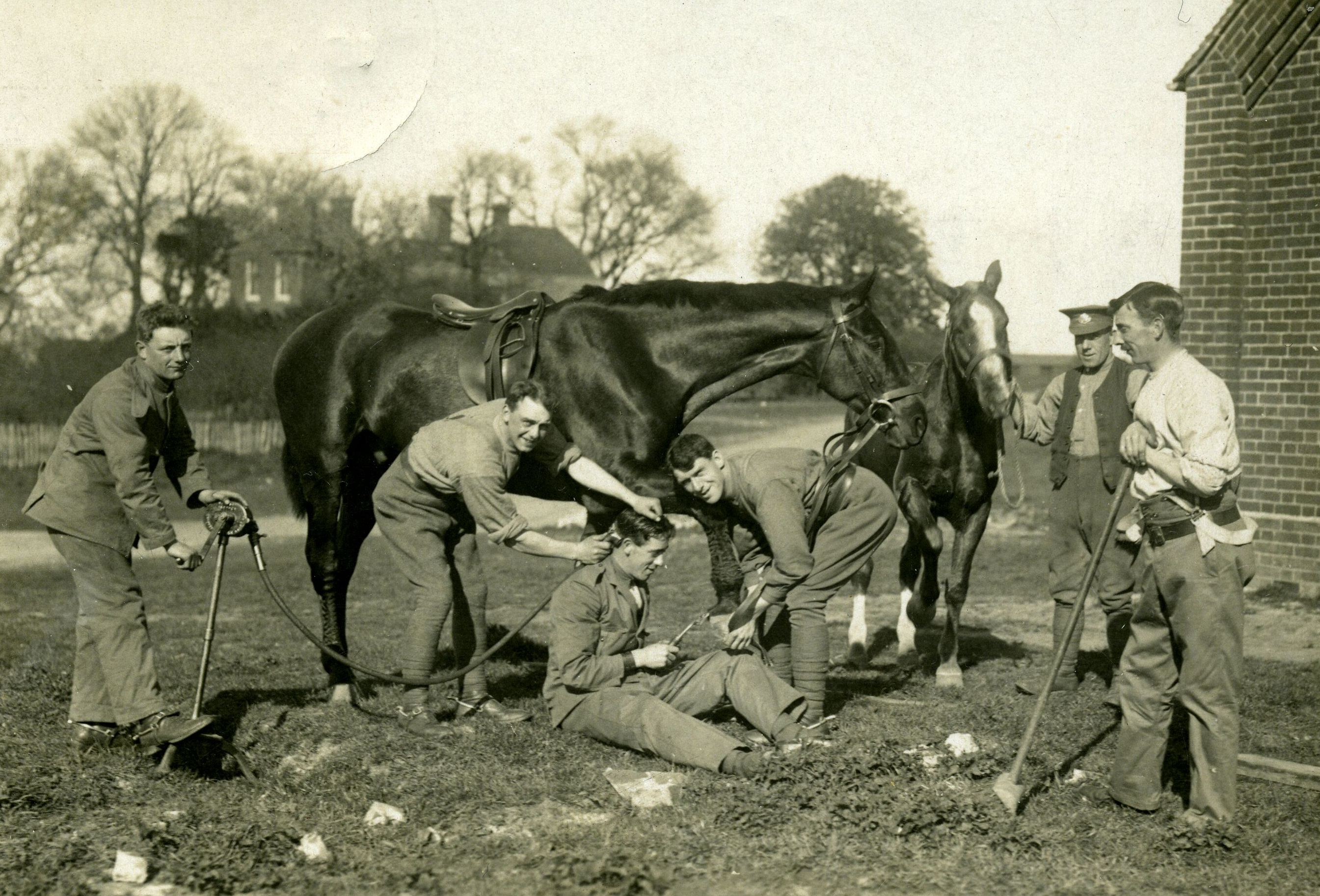Project Partners
The Physical Legacy of the First World War (WW1) and its Home Front, 1914-18 is a UK partnership project, coordinated by the Council for British Archaeology, with funding from Historic England, Historic Scotland and Cadw.
Together we are enabling communities across the UK to preserve their local knowledge and enhance future understanding of the impact of the First World War on Britain’s landscape and consciousness.
The project resource pack is based on materials developed through a nine-month English Heritage-funded pilot study, Legacies of the Home Front, led by the University of Bristol and the University of York in 2012 which located over 110 sites in Staffordshire and the Lower Lea Valley, just north of London.
Across the UK
The Council for British Archaeology is working with partners across the UK to encourage everyone with an interest in the First World War to record local sites, structures and buildings. A UK toolkit has been developed in collaboration with Historic England, the Welsh Archaeological Trusts and the Association of Local Government Archaeological Officers (ALGAO UK) along with other partners.
In England the project will feed field observations into local authority Historic Environment Records and relevant National Monument Records on the Heritage Gateway website, expanding our knowledge and influencing future protection for remains.
Northern Ireland
The Northern Ireland Environment Agency and Queens University Belfast (with funding from the Arts and Humanities Research Council) are using the recording toolkit with local groups and volunteers to encourage wider participation in First World War research and archaeology and add to the sites and buildings documented in the Northern Ireland Sites and Monuments Record.
The Northern Ireland Environment Agency’s Defence Heritage Project (DHP) is opening Grey Point Fort, Helen’s Bay, Co. Down to the public every weekend during July. Free
A chance to see a unique historic monument directly connected to the First World War; thought to be the best preserved 20th century coastal battery in the British Isles. Built between 1904-1907 Grey Point Fort was integral to defending Belfast from sea and air attacks during both World Wars. The site will be open to the public from 10:00am-5:00pm every weekend with tours of the sites radio and military museum taking place.
The NIEA DHP in partnership with the CBA Home Front Legacy 1914-18 programme is working with volunteers to record the remaining defence heritage structures throughout Northern Ireland. Do you know of a defence heritage structure near your home? To volunteer or find out more visit: www.doeni.gov.uk/niea/defence-
Scotland
Historic Scotland, the Royal Commission on the Ancient and Historical Monuments of Scotland (RCAHMS), Archaeology Scotland and ALGAO Scotland are taking the project forward in Scotland to encourage participation in First World War recording and enhance records and archives for the Centenary and beyond.
Wales
In Wales, with funding from Cadw, the Welsh Archaeological Trusts are coordinating a range of projects investigating the physical remains from the First World War. The Royal Commission on the Ancient and Historical Monuments of Wales are also contributing to this valuable research and encouraging volunteers to identify, record and document sites and update records with new local knowledge.
The Council for British Archaeology (CBA)
For almost 70 years the Council for British Archaeology, as an educational charity, has been promoting archaeology for all and is the leading voice for the public interest in archaeology. Active both in Westminster and with grassroots community groups, the CBA works with the voluntary sector and across the heritage community to safeguard the UK’s historic environment and make the case to decision makers that archaeology matters. Find out more about adding your voice at www.archaeologyUK.org























